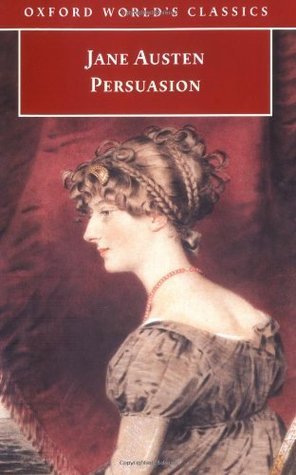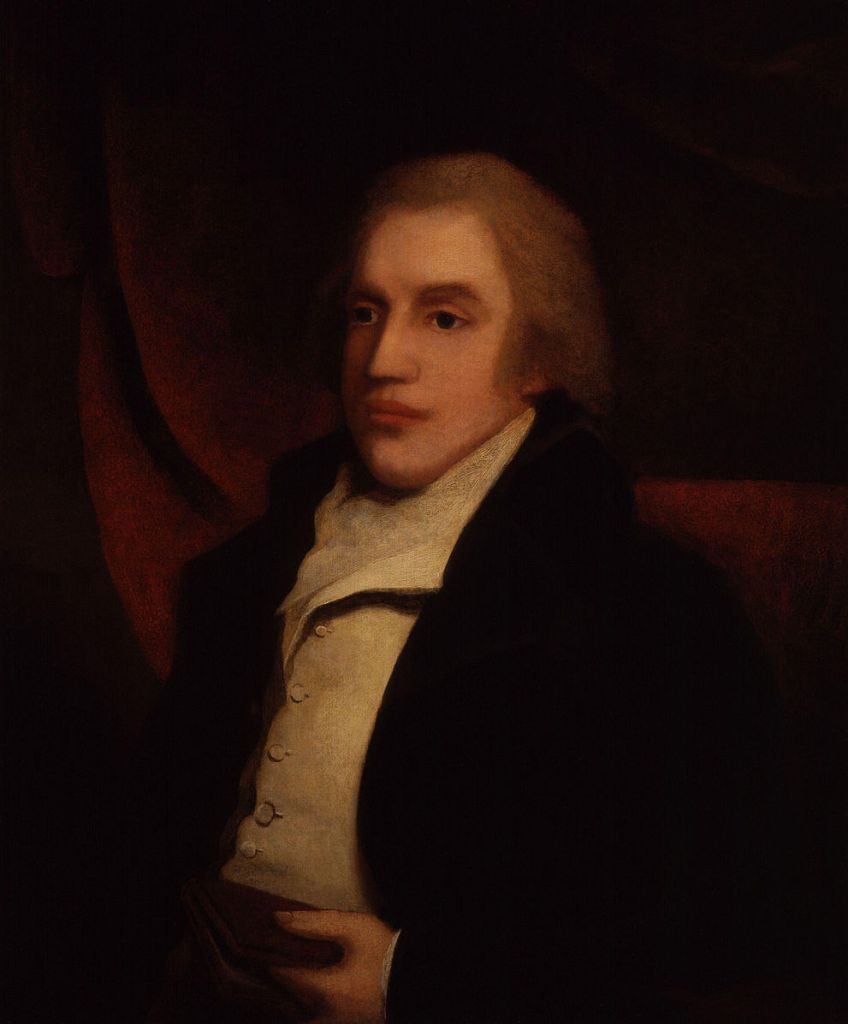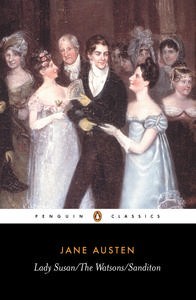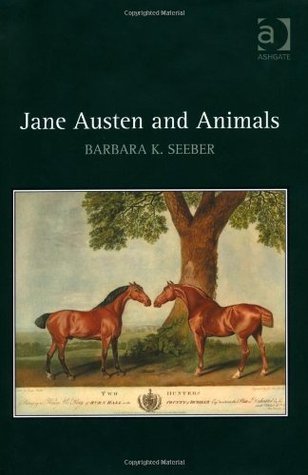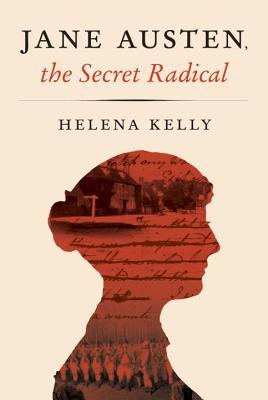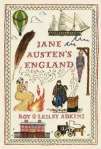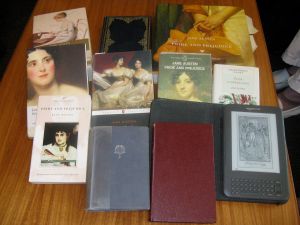If any Austen book is going to bring her fans to fisticuffs, chances are it will be Mansfield Park. Some members in our group don’t like it at all, while others like it to different degrees, with one admitting to its being his favourite. These differences became evident at this meeting which focused on volume two (chapters 19-31), with the differences of opinion relating in particular to Sir Thomas.
But let’s start with our guest. This month we again, quite coincidentally, had an American visitor join us, and again she had done her homework! How lucky are we, particularly as this visitor, a generation younger than we are, was reading Mansfield Park for the first time. How often do we wish we could speak to someone reading an Austen book for the first time!
Discussion
Our young American said that while she has read Austen and other classic authors, her main reading, currently, is romance and general fiction. So, as she was reading Mansfield Park, she looked for tropes common to the romance genre. And, she found two significant ones, which could cement Austen’s reputation as the mother of the romance genre! The tropes are the idea of friends (or, here, cousins) becoming lovers, and the heroine’s belief that she’s “not like other girls”. She’s not as pretty, not as outgoing, and so on, as her rivals. Fanny makes just this observation in a discussion with Edmund about her interest in hearing Sir Thomas talk about the West Indies. She suggests she is “graver than other people” and concludes:
… but then I am unlike other people, I dare say.
Those who are not fans of the novel included one of our absent members who emailed that she wondered why she found MP such a chore to read, compared with the other novels. She decided that it’s because she doesn’t like the characters, doesn’t care what happens to them, and so is not eager to read about them. However, she admitted that the novel is enlivened whenever Henry Crawford appears, and she does admire the creation of Mrs Norris.
Some members agreed that they find the novel a chore to read, or at least the first volume. A couple found volume 1 a bit tedious and wanted Austen to get on with the story. Not everyone agreed, however.
One of the members who loves Mansfield Park finds the characters fascinating even if they’re obnoxious. In terms of Volume 2, she was interested in the “amber cross” and the necklace/chain issue. Did Mary and Henry contrive, she wondered, for Fanny to pick “his” chain? We don’t know. Regardless, Austen is pointed about the contrast between Edmund’s chain which was simple and just right for the cross and Henry’s elaborate necklace. It works as a metaphor for the two men and their understanding of, relationship with Fanny.
She also briefly discussed Henry’s behaviour. He goes from playing with Fanny to falling in love with her, but never considers that she mightn’t like him. Interestingly, it doesn’t occur to Fanny that he might like her, which some suggested was a rare lapse of perception in Fanny. As for Henry’s letter, which is delivered by Mary, our member wondered what Henry had told Mary about the situation.
The other member who loves the novel, calling it his favourite, enjoys watching Fanny, and loves the language Austen uses in the novel, such as this description of Mrs Norris, upon Sir Thomas’ return. She
was now trying to be in a bustle without having anything to bustle about, and labouring to be important where nothing was wanted but tranquillity and silence.
And this of Maria when she realises Henry Crawford is not interested in her:
She must escape from him and Mansfield as soon as possible, and find consolation in fortune and consequence, bustle and the world, for a wounded spirit.
He also likes Austen for the broader picture she gives of society, including, here, references to the slave trade. He noted Edward Said’s postcolonial interpretation of slavery in the novel, and John Wiltshire’s refutation of Said’s ideas.
Other issues that interested him included Crawford’s desire to “improve” Thornton Lacey and turn it into something impressive, into a “place”. And Fanny’s comment on memory:
“If any one faculty of our nature may be called more wonderful than the rest, I do think it is memory. There seems something more speakingly incomprehensible in the powers, the failures, the inequalities of memory, than in any other of our intelligences. The memory is sometimes so retentive, so serviceable, so obedient; at others, so bewildered and so weak; and at others again, so tyrannic, so beyond control! We are, to be sure, a miracle every way; but our powers of recollecting and of forgetting do seem peculiarly past finding out.”
Other members found other issues of interest in Volume 2. The theatricals, for example. Tony Tanner (1969) argues that the theatricals are key to understanding the novel. They encompass the concept of danger and change. The family all knew Sir Thomas would not be happy. A dichotomy is presented between being a good citizen and being an actor. Pointedly, Henry Crawford is recognised as the “best actor”, in the play – and, we see, in reality. Henry our member said, put his heart into his acting, and his acting into his heart. Mary is in her teasing, tempting element during the theatricals. The play, Lovers vows, itself, promotes unnatural and dangerous relationships, and all are doomed because of their insincerity. Tanner also argues that the play reveals the novel’s “ordination” theme.
We all had quite different ideas, from this volume of the novel, about the novel’s subject matter – at least as we saw them in this volume. So, another member saw the idea of appearance versus reality as coming to the fore in this volume. She focused on the first two chapters of this Volume (chapters 19 and 20), and the language Austen uses conveys the dichotomy between appearance and reality. She linked the destruction of the theatricals to the breakdown of the family, and sees Sir Thomas as the problem.
She liked this sentence describing Fanny joining the family upon Sir Thomas’ return:
Too soon did she find herself at the drawing–room door; and after pausing a moment for what she knew would not come, for a courage which the outside of no door had ever supplied to her, she turned the lock in desperation, and the lights of the drawing–room, and all the collected family, were before her.
Sir Thomas, this member argued, wants to bring his governance back, to put Mansfield Park back in order. Fanny, she said, has no voice in the family, and fears Sir Thomas. This member sees Sir Thomas as having been harsh about Fanny when he’d suggested to William (in Volume 1) that he might not find her much changed at 16 from how she was at 10. Overall she saw him as having a negative impact on the family.
Not all agreed with this assessment of Sir Thomas, however. One member, for example, complimented Sir Thomas on ordering a carriage for Fanny, despite Mrs Norris suggesting otherwise. She approved the way Sir Thomas regularly put Mrs Norris in her place. This member finds Mrs Norris infuriating – but then most of us do! – and is still thinking the book could be a satire, as she’d suggested during our Volume 1 discussion. She described Fanny as the arch-introvert, one who is observant and perceptive.
She was particularly taken with John Wiltshire’s discussion of the disempowerment of women. He argues that nursing (caring for) servants and the working class is a traditional role for the genteel but otherwise disempowered woman, but that “this benevolence has a Janus face” in that it replicates the inferior-superior social relationships that characterise the wider social system. Mrs Norris, Wiltshire argues, “punishes others for her own dependency and frustration, whilst being able to hide this from herself in the guise of generosity to the recipients and loyal service to the system”.
Similarly, all at Mansfield Park have, through their “adoption of the poor niece Fanny Price … basked in the pleasure of benevolence”. But this has fed “other, less creditable impulses, including Fanny becoming Mrs Norris’ victim. Both Fanny and Mrs Norris are outsiders, “fringe-dwellers”. In other words, both are single, defenceless females who are “not part of the family except by courtesy. The one lives in the small White House, on the edge of the estate, the other in the little white attic at the top of the house”. Wiltshire argues that Mrs Norris prescribes onto Fanny “the worthlessness, inferiority and indebtedness she is so anxious to deny in herself”. Fanny becomes the scapegoat upon whom she can “exercise her frustrations and baffled energies”. By scolding and punishing Fanny, Mrs Norris “can momentarily appease her own sense of functionless dependency and reaffirm the strictness of the social hierarchy which gives meaning to her life”.
Another member reiterated her response to volume 1 that the book continues to be, partly at least, about the selfishness and self-centredness of the well-to-do. Examples abound in this volume, including Lady Bertram’s self-congratulations for sending her maid to Fanny (too late) to dress for the ball, Mrs Grant using Fanny to entertain Mary, Henry’s assumption that Fanny will be pleased to marry him, and so on.
This member also argued that Sir Thomas is not all negative, but she did see this volume as being partly about the education of Sir Thomas. He is strict, but he loves his children. He’s kind to Fanny. And he does offer Maria a way out of her engagement – albeit he is happy, because it suits his wish “to secure a marriage which would bring him such an addition of respectability and influence”, when she insists, for her own reasons, that she wants to go ahead.
Just as the theatricals tell us much about the novel, this member suggested that the game of speculation, which includes the discussion about improving Thornton Lacey, also offers much to readers in terms of the novel’s characters and themes, particularly regarding competitiveness and money versus unselfishness and generosity.
Our meeting ended with more points being put forward, including that Sir Thomas’ absence had helped people change, that Sir Thomas represents new (and somewhat unstable) money, that he restores some stability on his return, and that, for many of us, his kindness to Fanny is genuine.
Next month, we move on to Volume 3, or chapters 32 to 48.
Sources:
Tony Tanner, “Introduction”, Mansfield Park, various Penguin editions (1966, 1969, 1985)
John Wiltshire, Jane Austen and the body, Cambridge University Press, 1992


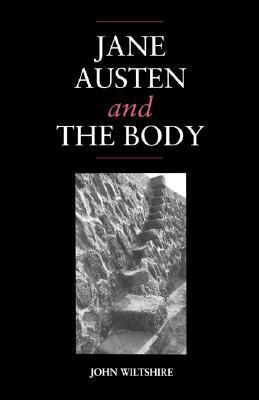



 Posted by whisperinggums
Posted by whisperinggums 